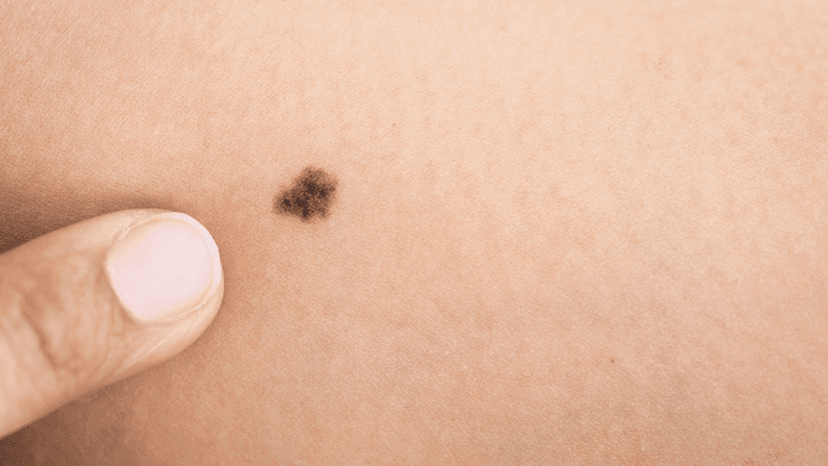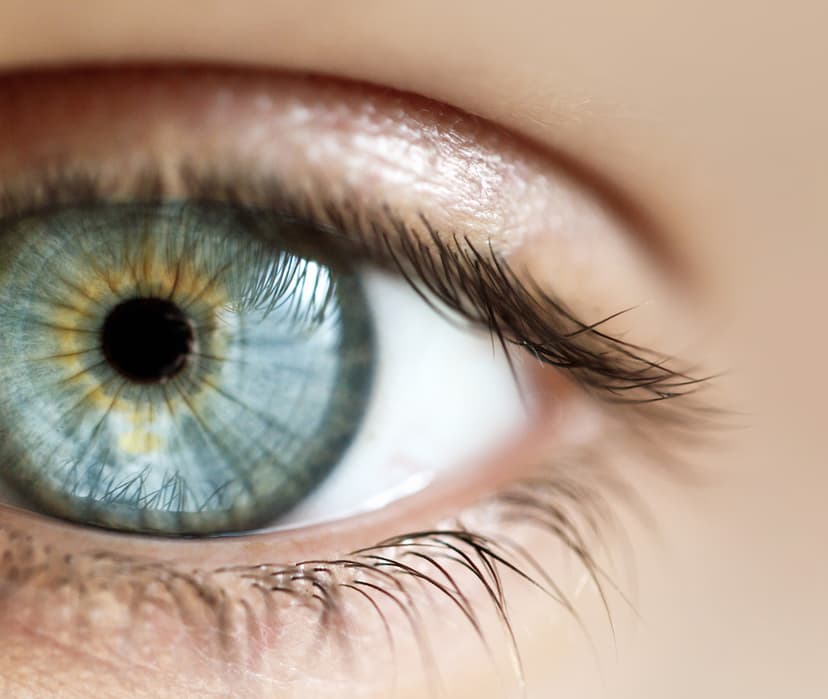Contents
Melanoma treatment in Turkey is a common procedure for addressing skin cancer, particularly when caused by abnormal melanocyte activity responsible for skin pigmentation. Sun-exposed skin is often prone to abnormal cell multiplication leading to cancer, while instances also occur in sun-protected areas. Detecting melanoma early, when it's confined to the skin's surface, is crucial for effective treatment.
The primary approach to melanoma treatment in Turkey is surgery, with variations depending on the disease's severity. Renowned clinics like Anadolu Johns Hopkins Medical Center, Koç University Hospital, and Florence Nightingale Hospital, accredited by JCI, ensure top-quality medical services. These clinics play a pivotal role in providing effective and reliable melanoma treatment in the country.
This article delves into the specifics of melanoma treatment in Turkey, highlighting the best clinics and providing comprehensive details for those seeking information on this topic.
Why do people choose Turkey for melanoma treatment?
In Turkey, many patients seek melanoma treatment, benefiting from various advantages:
- Access to top-notch medical services
- Opportunities to consult with highly successful oncologists and surgeons
- Cost-effective treatments leading to successful outcomes
- Availability of innovative and effective melanoma treatments, akin to those in Germany and Israel
- The entire travel process, from visa application to completion, is seamless and swift, ensuring minimal hassle.
Turkey boasts a high success rate in skin cancer treatment, thanks to its clinics providing comprehensive medical care using advanced techniques. Turkish oncologists, with vast experience in treating malignant skin pathologies, including melanoma, contribute to these favorable outcomes.
Melanoma treatment in Turkey is notably popular among residents of Eastern European, Balkan, and Central Asian countries. Rapid examinations, prompt diagnoses, and tailored treatments tailored to each disease's characteristics characterize the approach of Turkish doctors.
Skin cancer treatment costs in Turkey are 30-40 percent lower than those in Spanish and German hospitals. Foreign patients favor Turkey for skin cancer treatment due to its excellent price-quality ratio.
What is melanoma?
Skin color comes from melanin, a pigment made by skin cells called melanocytes. When these cells divide uncontrollably, it leads to melanoma, a type of skin cancer.
Melanoma is less common than other skin cancers, but it accounts for about 75% of skin cancer deaths. Cancer cells in melanoma grow rapidly and can spread throughout the body. Early detection is crucial for effective treatment, emphasizing the importance of promptly recognizing and evaluating skin cancer symptoms.
Types of melanoma
There are four main types of melanoma. Superficial spreading is the most common type, typically found on the trunk in men and on the lower extremities and sun-exposed areas in women. It appears in people aged 30 to 50 with a radial spreading pattern. This type is prevalent among Caucasians, displaying a lesion with variable color distribution that looks slightly puffier than the skin.
- Superficial spreading: Found on the trunk in men and on the lower extremities and sun-exposed areas in women. Typically seen in people aged 30 to 50 with a radial spreading pattern. Common in the Caucasian population, it is a lesion with variable color distribution that appears slightly puffier than the skin.
- Nodular: Observed on the legs and trunk, often developing from an underlying nevus. Shows a vertical growth pattern with prognosis similar to other types. Presents as a well-shaped, single-colored round swelling or ulcerated lesion.
- Lentigo maligna melanoma: Common in parts with chronic sun damage, such as the head and arms. Develops slowly in a radial pattern, usually from a long-lasting pigmented lesion. May include hypopigmented lesions caused by sunspots called actinic (solar) keratosis.
- Acral lentiginous melanoma: Emerges on the palms of the hands, soles of the feet, and nail beds. Most common in black people, appearing as patches with color changes between brown and blue. Nail bed form may show vertical striping (Hutchinson sign).
- Desmoplastic melanoma: More common in the head and neck region, beginning as skin thickening similar to a scar. Often skin-colored but may darken. Displays nerve tissue spread (perineural invasion) and deep tissue involvement. Has a high regional spread and recurrence rate but less frequently causes lymph node metastasis.
Of these types, superficial melanoma boasts the highest treatment success rate.
Treatment methods of melanoma
The main treatment for melanoma is surgery. During surgery, the surgeon removes affected lymph nodes, especially if the melanoma has spread.
Post-surgery, chemotherapy is employed to eliminate cancerous cells in the body. Chemotherapy can be administered orally or through intravenous means. The efficacy of chemotherapy is debated due to melanoma's resistance to oncological drugs. Melanomas with specific receptors on their cell surface may respond better to certain chemotherapy drugs, and ongoing studies show promise with new medications.
Lymphadenectomy, or cleaning regional lymph nodes, is also a preferred melanoma treatment method. This approach enhances the overall treatment strategy.
Radiotherapy is not used in melanoma treatment due to its resistance to this form of therapy.
Success rate of melanoma treatment in Turkey
In Turkey, the success of treating melanoma depends on the patient's current health, disease progression, and prior treatments. Melanoma, a fast-growing cancer prone to spreading to lymph nodes and organs, necessitates understanding its impact on the body.
Melanoma unfolds in four stages. Stage zero doesn't breach the dermis, while stage 1 sees tumor growth. Metastasis occurs only in stage 4, affecting the brain, lungs, and liver.
In treating melanoma in Turkey, success hinges on the disease stage during treatment initiation:
- 98% survival at stage I.
- 90% survival at stage II.
- 63% survival at stage III.
- 20% survival at stage IV.
Remarkably, Turkish clinics address even the most challenging stage 3 and 4 melanoma cases, a commitment not universal in many countries.
Best clinics for melanoma treatment in Turkey
Consider Turkish clinics for melanoma treatment to enjoy the following advantages:
- Access top-notch medical services
- Consult world-class doctors at more affordable rates
- Receive treatment in technologically advanced clinics
- Benefit from clinics with high success rates
Explore the best clinics for melanoma treatment in Turkey:
- Koç University Hospital
- Florence Nightingale
- Anadolu Johns Hopkins Medical Center
These clinics are official partners of A-Medical health tourism company. With an official agreement through A-Medical, our patients' applications to these clinics get swift approval. Simply reach out to us on Whatsapp, share details about your condition, and receive prompt feedback from the doctors at these clinics.
Cost of melanoma treatment in Turkey
Melanoma treatment costs in Turkey differ based on your health, disease stage, preferred clinic, and recommended therapy.
To find out the exact cost of melanoma treatment in Turkey, simply reach out to us on Whatsapp and share details about your condition. We'll forward this to a Turkish clinic and obtain the precise price for you.




